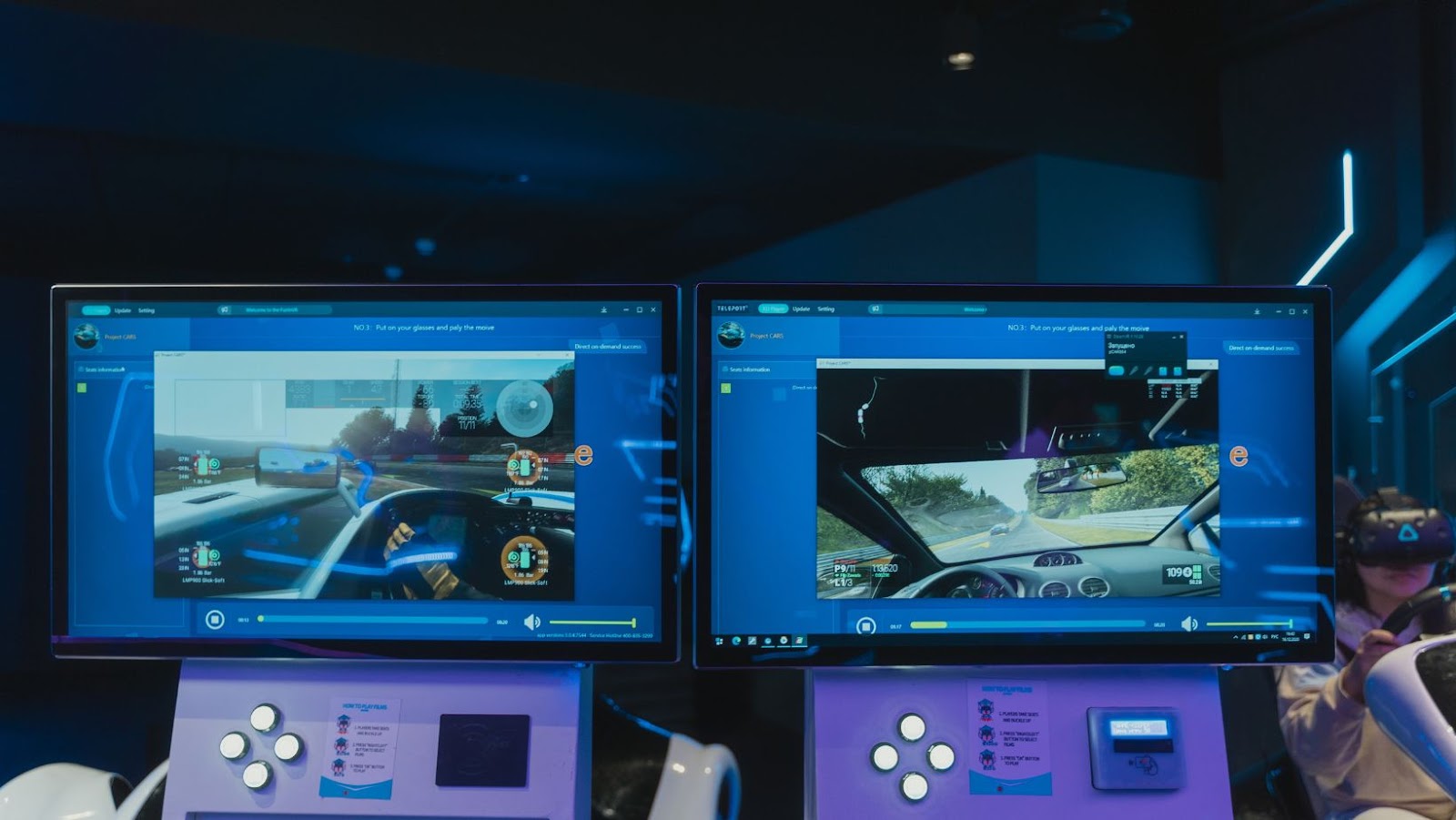 Gaming Documentary
Gaming Documentary
In the commencement of gaming, documentaries were far and few. Yet, a handful surfaced as captivating narratives about intriguing games of the time, such as “Space Invasion” and simple arcades like “Pong”. These documentaries, although sparse, were enticing glimpses into the world of electronic entertainment. Evidence includes the 2002 to 2007 timeline where close to seven gaming documentaries reportedly made their debut. For instance, Donkey Kong’s record-breaking scores were chronicled in films like “The King of Kong: A Fistful of Quarters”. Tracing the journey of gamers, these early works set a fundamentally enthralling precedent.
Moving beyond entertainment, gaming started claiming a prominent place in societal constructs around the globe. Gaming documentaries began illustrating society’s reaction to this shift. Films, such as “Indie Game: The Movie”, spotlighted the struggles and success of independent game developers. Others like “Free to Play” highlighted the rise of professional gamers and eSports, showing the world that gaming wasn’t just a hobby, it was a profession. Proving quite eye-opening, these documentaries emphasized the profound influences gaming has in our lives, from career choices to influencing popular culture.
 Notable Gaming Documentaries
Notable Gaming Documentaries
Gaming documentaries hold a mirror up to the diverse world of video gaming culture. They reflect its evolution, influence, and the individuals driving this dynamic industry. E-sports documentaries present an exciting shift from classic gaming stories. They exhibit the meteoric rise of competitive gaming, a new phenomenon in the gaming world.
“Free to Play” stands out as a pioneering e-sports documentary. It details the journeys of professional gamers aiming to win The International, the most lucrative tournament in Dota 2. Providing insights into the rigorous training, competitive pressure, and personal challenges that players face, this documentary draws the viewer into the mirage of easy fun and reveals e-sports as a complex and demanding career.
Another documentary, “All Work All Play,” depicts team-based rivalry and incredible skill in the League of Legends’ arena. It offers a unique glimpse into the high-stakes world of competitive gaming while showcasing the life of the e-sports gaming community in its raw form.
Influential gaming personalities have always been a focal attraction for documentary filmmakers. Their skills, motivation, trials, and triumphs often grace the screen, igniting the imagination of viewers.
“The King of Kong: A Fistful of Quarters” serves as a stellar example. It spotlights Steve Wiebe’s relentless pursuit to claim the top score in Donkey Kong from the reigning champ, Billy Mitchell. Capturing the intense rivalry, it’s not just a gaming story but a human drama of endurance and victory.
 Anatomy of a Gaming Documentary
Anatomy of a Gaming Documentary
A gaming documentary is more than just a simple chronicle of gamers’ journey, it’s a tapestry of technology, culture, and storytelling. Intrapersonal dynamics, professional endeavors, and the societal implications of gaming form the heart of these documentaries.
A compelling gaming documentary goes beyond the pixels and the on-screen action, delving into stories that resonate with audiences. Inspirational figures such as Steve Wiebe, influential indie developers, and cultural changes effected by gaming underscore such narratives.
- Personal Stories: Personal narratives often form the backbone of powerful gaming documentaries. For instance, stories of professional gamers’ struggles and victories provide relatable content that engrosses audiences.
- Industry Insights: A rich gaming documentary offers insight into the gaming industry. By highlighting elements like the process of game development, interviews with industry veterans, or the economics of eSports, these documentaries expand the audience’s understanding of the gaming world.
In crafting engaging narratives, gaming documentaries employ a variety of storytelling techniques. Distinctively, a mix of live-action footage, interviews, and game sequences are some commonly utilized elements.
- Live-Action Footage: Documentaries often use live-action footage to illustrate real-life impacts and the human element of gaming.
- In-depth Interviews: Interviews with gaming professionals offer insider perspectives. They provide authoritative insights into the game development process, challenges faced, and the changing landscape of the industry.
- Game Sequences: To give viewers an authentic feel of the games being discussed, filmmakers incorporate game sequences within their narrative. This immerses audiences in the gamer’s world, enhancing their grasp of the gaming experience.
Gaming documentaries have come a long way. They’ve shifted from mere entertainment to influential pieces that shape the industry’s perception. They’ve highlighted the life behind the screen, validating gaming as a career and inspiring innovation in game development. But it’s not all perfect. The industry must address the damaging stereotypes and limited representation that persist in these films. It’s time for a more balanced narrative that explores diverse gaming genres and underscores the positive aspects of gaming. The future of gaming documentaries holds potential for growth and improvement.